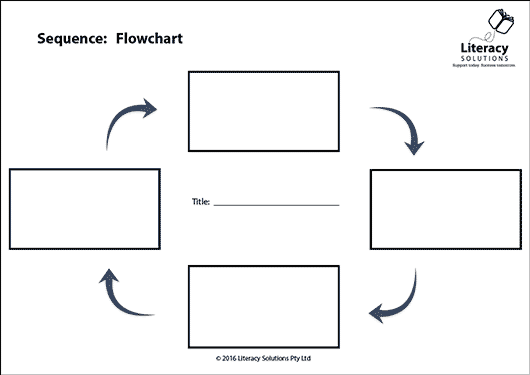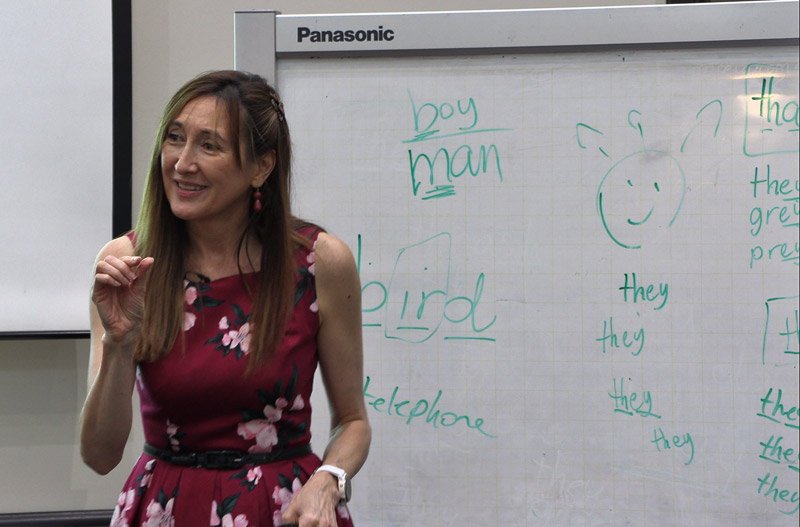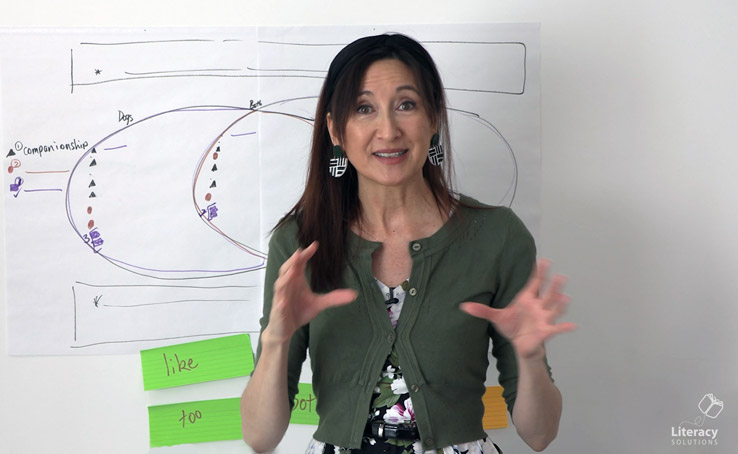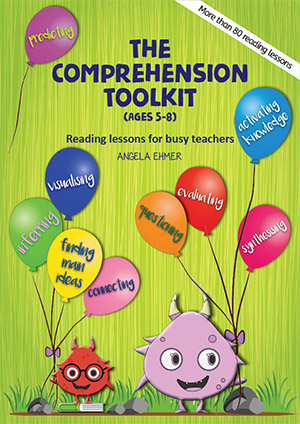Chronological/Time-Order Sequence (Part 3 of 7)
In a chronological sequence the author uses the order of events, or chronology, to inform readers about events or content. The events may be organised by time or date, by arranging events as a series of steps or by following a list-like structure. Chronological sequencing is commonly used in nonfiction texts. In nonfiction, there are usually clear time markers such as dates or times of day to indicate a clear timeline.
Even in fiction the text is arranged in time-order sequence, but signals or markers may not be as overt. A sequence occurs even if an author uses flashbacks or flash-forwards. Flashbacks or flash-forwards are still understood by the reader to have happened at a particular time in the overall chronological sequence.
In addition to time and date markers, a sequence structure can be recognised by the use of signal words such as before, after and next.
Signal Words:
after, afterwards, ago already, always, at last, at that time, at the same time, before, during, eventually, finally, first, first of all, following, further, immediately, initially, in the first place, in the meantime, in that moment, in that instant, last, lastly, later, now, not long after, next, once, presently, second, secondly, sometimes, soon, soon after, subsequently, suddenly, then, to begin with, today, until, while, PLUS: specific time indicators, such as names of days, months or years, times of day, etc.

Sample Text Model:
The following sample text model uses the Chronological Sequence Structure.
On July 7, 2005, 37-year old Australian, Gillian Hicks’ life changed forever. After arriving at the tube, rushed and running unusually late, Gillian learned the King’s Cross line was not operating. She immediately boarded the next train which travelled on the Piccadilly line. Unbeknown to Gillian, as she boarded the train just before 9 a.m. suicide bomber, Germaine Lindsay, boarded alongside her.
Once the train reached a deep underground tunnel, Lindsay detonated the bomb. To begin with, Gillian thought she might be having a heart attack. She reported feeling as though she was falling into thick, black liquid in slow motion.
Not long after, Gillian described the blackness around her and the smoke and dust which filled the air. Breathing was difficult, but her attention was drawn to the sound of screaming. Initially, Gillian felt the urge to get up, but noticed she was unable to feel her legs. While lying on the floor she called out and a man assisted her off the carriage floor and onto an empty bench seat. Suddenly, the emergency light in the tunnel flicked on. Gillian looked down and discovered the bomb blast had blown off her lower legs. From the knees down Gillian saw exposed bones hanging from a mess of flapping skin, muscle and tendon. In that instant, Gillian knew her life would never be the same.

View the Graphic Organisers Black Line Masters.
Time-Order Sequence structures and the use of graphic organisers are covered in depth in our Balanced Literacy Program workshop.
Tags: chronological, graphic organisers, time-order sequence




